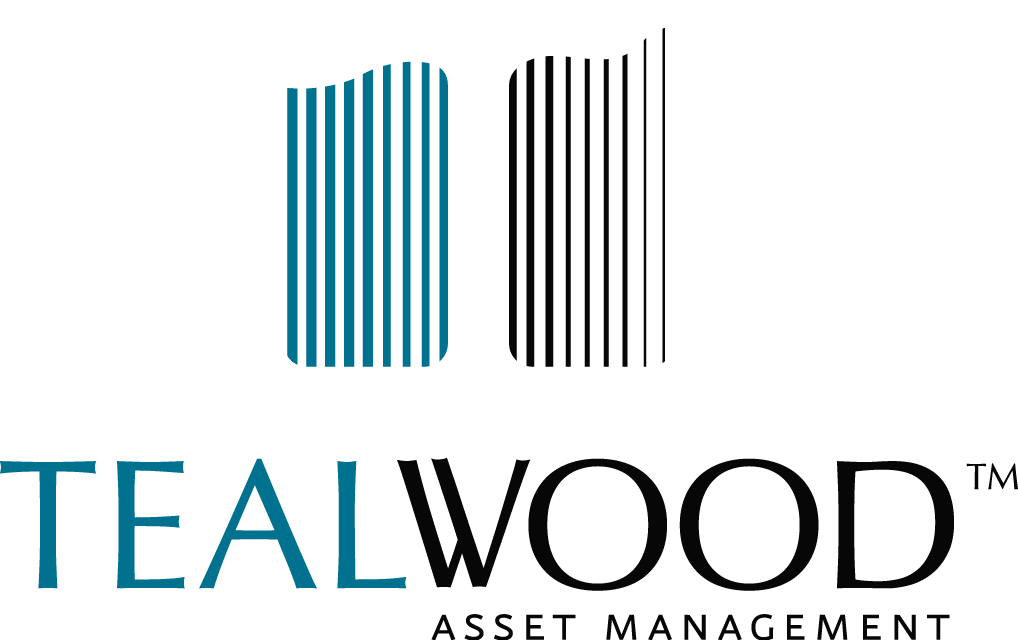STRATEGY AND THE NEWS CYCLE
Writing a newsletter article that attempts to keep pace with rapidly changing headlines is fraught with the risk of being obsolete as soon as it is written. To manage that risk, the primary perspective of this piece is to affirm the importance of strategy over tactics, of rational investing over emotionally driven trading, and to restate the significance of being a business investor over being a market trader. First, a few points to put first quarter volatility into perspective.
VOLATILITY BEGETS CONCERN
For those of us old enough to remember, once upon a time something along the lines of a 700 Dow Jones Industrial Average (DIJA) points move in a single day was a very big deal. It is difficult to shake the idea that it is not such a big deal now. With the DIJA at about 25,000, a move of 700 points equates to about 2.8%. Not insignificant, but if a $25.00 stock changed value by $0.70 cents in a day, it would not cause you to think the world is crazy or incomprehensible in the way the same percentage move on an index priced at 25,000 can provoke that reaction. For a sense of perspective, in the decade of the 1980s, in round numbers the DJIA went from 1,000 to 2,800, in the 1990s from 2,800 to 11,400, and in the 2000s from 11,400 to 11,500. On average, a daily move of 700 points would have represented a change of 35% in the 80s or 9% in the ensuing decades. No wonder moves of hundreds of DIJA points elicit a fight or flight reaction even today. In our current decade, 2010 to March 31, 2018, the DIJA has risen from 10,000 to 24,103! Let us reflect on having benefitted from a very productive period in market history, and remember that the market rising 5% in January is just as much a part of the volatility as the episodes of decline.
FOCUS ON LONGER-TERM SUBSTANCE
Nate Silver, former New York Times writer turned author and blogger, wrote the book, The Signal and the Noise. He writes about data overload and differentiating between less significant/less substantive “noise,” and the more significant/more substantive “signal.” This distinction is worth noting amidst our current events. The daily give and take and the “art of the deal” posturing are very often the noise, while the actual policymaking is most often the signal. Basing investment decisions on short term give and take makes for noisy, tactical and mostly unproductive investing.
Do you remember how you felt on May 17, 2017? That was the most volatile day of 2017, when Special Prosecutor Robert Mueller was appointed and the Dow sold off 373 points for the day. Or how about Friday, June 24, 2016, the most volatile day of that year, when the Brexit vote stoked a panicked reaction and the Dow was down 610 points in a day? The answer is, of course not. Those tactical events have been rendered unmemorable by the strategic fact that the Index has risen 39% since June of 2016. Over the same period, earnings have risen from $117 for the S&P 500 Index in 2016 to a consensus estimate of $151 for 2018, an increase of 29%. There may come a day when events related to Brexit or Mueller become signals, but to date the short-term market reactions at the time of the events look like noise compared to the signals of earnings, valuation and cyclical correlation/economic vitality. Short-term
volatility does not equate to more significant, long-term risk. From our perspective as Strategic Investors, there are three significant risks to manage:
1) Behavioral Finance/Rational Investor. Failing to invest with a strategic perspective and personal purpose is a much greater risk than short-term market volatility. Investing as a rational investor, with a long-term perspective and a commitment to “signal” investing is the antidote to this risk.
2) Cyclical Correlation/Economic Vitality. When the economy is in expansion mode, equity markets are reliably constructive, and when the economy is in contraction mode, equity markets are unreliable and unproductive. Focusing on the data regarding economic vitality or decline, without promise of precise timing, is an effective approach to managing risk.
3) Strategic Business Investor/Focused on Significant Fundamentals. We do not trade stocks, we invest in exceptional businesses and make long duration commitments to companies that demonstrate qualitative advantages. Our Quality at a Reasonable Price approach focuses on sustainable competitive advantages and valuation discipline in the cause of investing for both reward and risk management.
EQUITIES AND EARNINGS
Over the last 20 years, there has been a 90% correlation between earnings and market results. In other words, in 18 of the last 20 years the market has moved in the same direction as corporate earnings. Further, within that 90% time-frame, in the two years earnings decreased, the market decreased. For the other 10%, earnings increased and the market decreased. In 2000, earnings went up, but the bursting Tech Bubble contributed to a valuation correction and a declining market. In 2002, coming out of a recession and shaken by a crisis of confidence around fraud (e.g. WorldCom and Enron), earnings went up and the market went down. In 2018, earnings are expected to increase a healthy 9% after discounting the positive impact of tax reform. While valuations are trading towards fully valued, a healthy earnings year signals a high probability of constructive returns.
RISK IN THE BOND MARKET
The bond market has demonstrated more volatility and decline than the stock market. Year-to-date, rising rates have impaired returns from longer maturity bonds. The Barclays Aggregate Bond Index is down 1.5% for the first quarter and the 20 Year+ Treasury is down almost 4%. Our fixed income strategies focus on defensive investing in shorter maturities and have defended well in this more volatile environment. We anticipate continued challenges for long maturities and feel confident our emphasis on protection and shorter duration, yield-to-maturity investing will persist to add value for risk management in asset allocation and bond investing.


